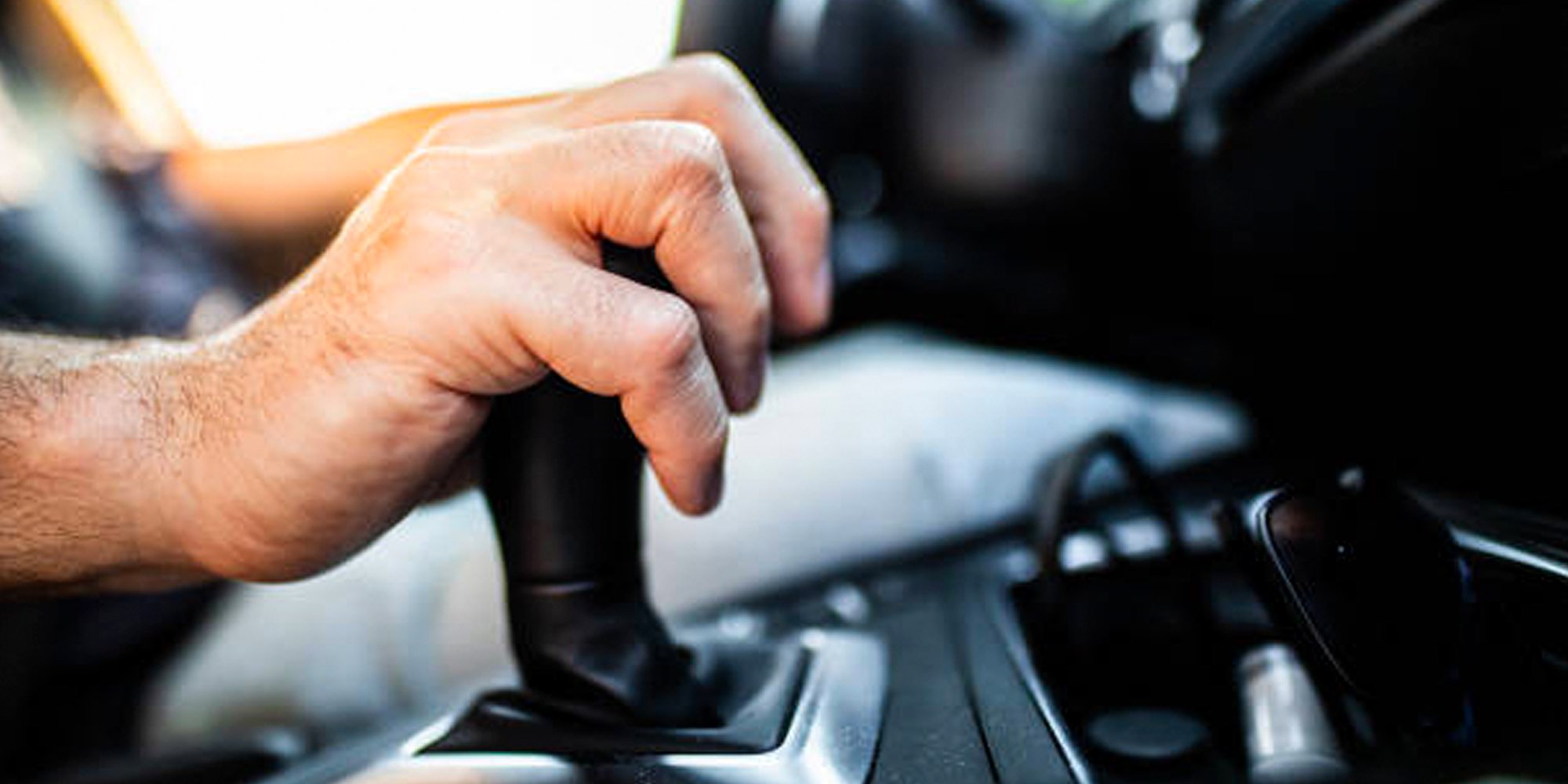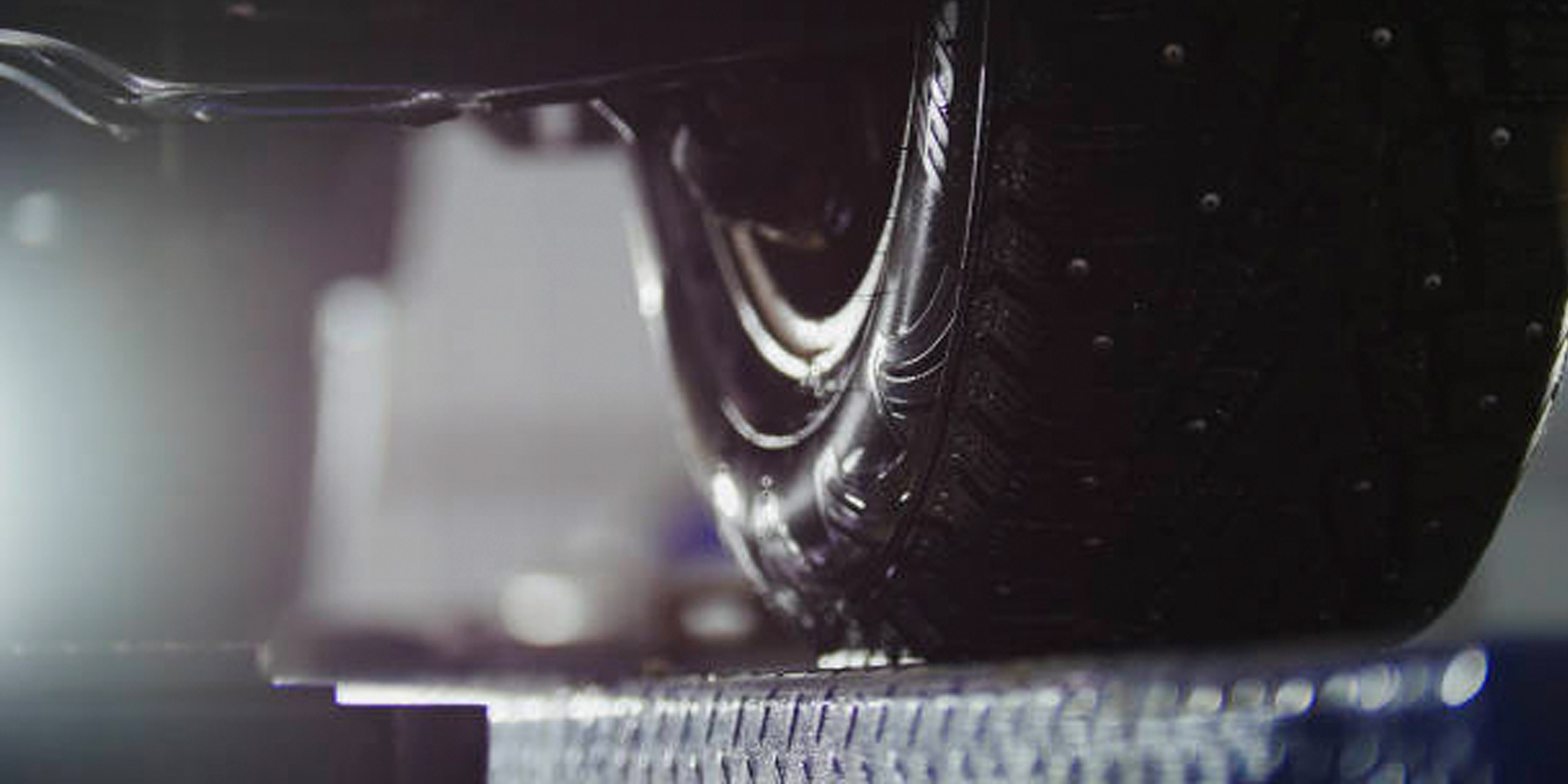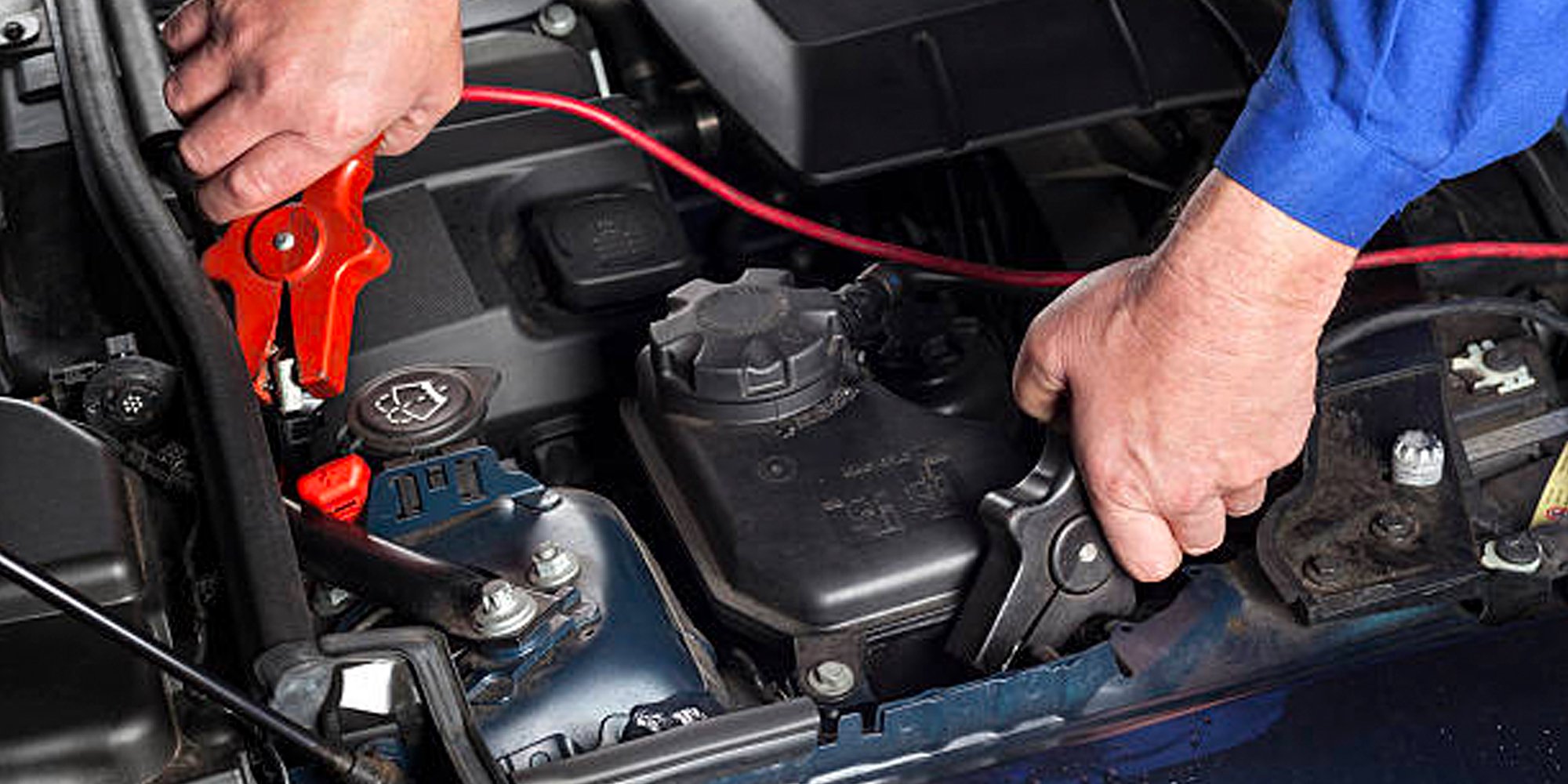Quiker Blog
News and updates

Car Battery Replacement: How to Change a Car Battery
When it comes to cars, a dead battery goes beyond inconvenience. This situation affects confidence in your vehicle and creates a lot of uncertainty. Is it just the battery, or is something wrong with the alternator? Or maybe there’s a problem with the electrical system? Beyond looking for a jump start or car battery replacement near me, it's essential to understand what's involved with a battery replacement.
Car Battery Replacement: Why Replace?
As time moves along, many of the components in your car will need to be replaced. This can range from simple things, like motor oil and windshield wiper blades, to more complex parts such as tires and the battery. As the battery is such a vital part of your vehicle, it's crucial to know why you might need to replace the car battery. With this in mind, let's look at some of the most common reasons for replacing a car battery.
Age
Car batteries don't last forever. Eventually, car battery replacement will be in your future as most batteries will last three to five years. Over time, the battery's inner workings (lead and acid) will break down, causing the battery to become less efficient. Eventually, the battery won't hold enough of a charge to engage the starter motor for the engine.
Temperature
Along with age, temperature extremes are the most likely causes of battery problems. Higher temperatures, including extreme summer weather and engine-generated heat, can cause the lead inside the battery to deteriorate. At the same time, intense heat can damage your car's charging system, which leads to improper charging and the death of the car battery.
Following a grueling summer when battery potency may have already been affected, winter weather can further tax a battery's capabilities. Keep in mind that at freezing (32℉), battery capacity is reduced by 20 percent. Throw in that oil thickens in cold weather, and the battery has to work that much harder to get the engine started. In addition, winter time also means that your likely running more electrical accessories, including headlights, defroster, heater, and heated seats. It all means that your battery works much harder in colder temperatures.
Disuse
Not driving your car enough is also taxing on a battery. Infrequent, quick trips mean your battery doesn't receive enough charging time to be brought back to optimal operating conditions. Think of it as exercise. Your battery needs enough of a workout to maintain its strength.
How Often to Replace a Car Battery?
There's no set schedule when to replace a car battery. As we mentioned, the battery's condition will have a lot to do with figuring out when to change a car battery. Car battery life typically lasts for three to five years, but this can vary greatly depending on what that battery is exposed to and how it's used.
How to Change a Car Battery?
With some basic precautions and a few tools, changing a car battery is a simple task many car owners can perform.
Before you begin, you'll want to pull the following items together:
- Replacement battery
- Work gloves
- Safety goggles
- Socket or crescent wrench (sized for the battery terminal bolts)
- Cleaning towel
- Cleaning/Anti-corrosive solution
- Wire brush
- Memory saver: this is a small battery-powered device that may connect to your car's cigarette lighter or on-board diagnostic (OBD II) port. A memory saver will preserve your car's settings for the radio, seat memory, and other functions. This device is not required, but you may prefer not to have to reprogram the car's personal settings. Refer to the memory saver's instruction manual for how and when to use it.
Park the Car and Prepare
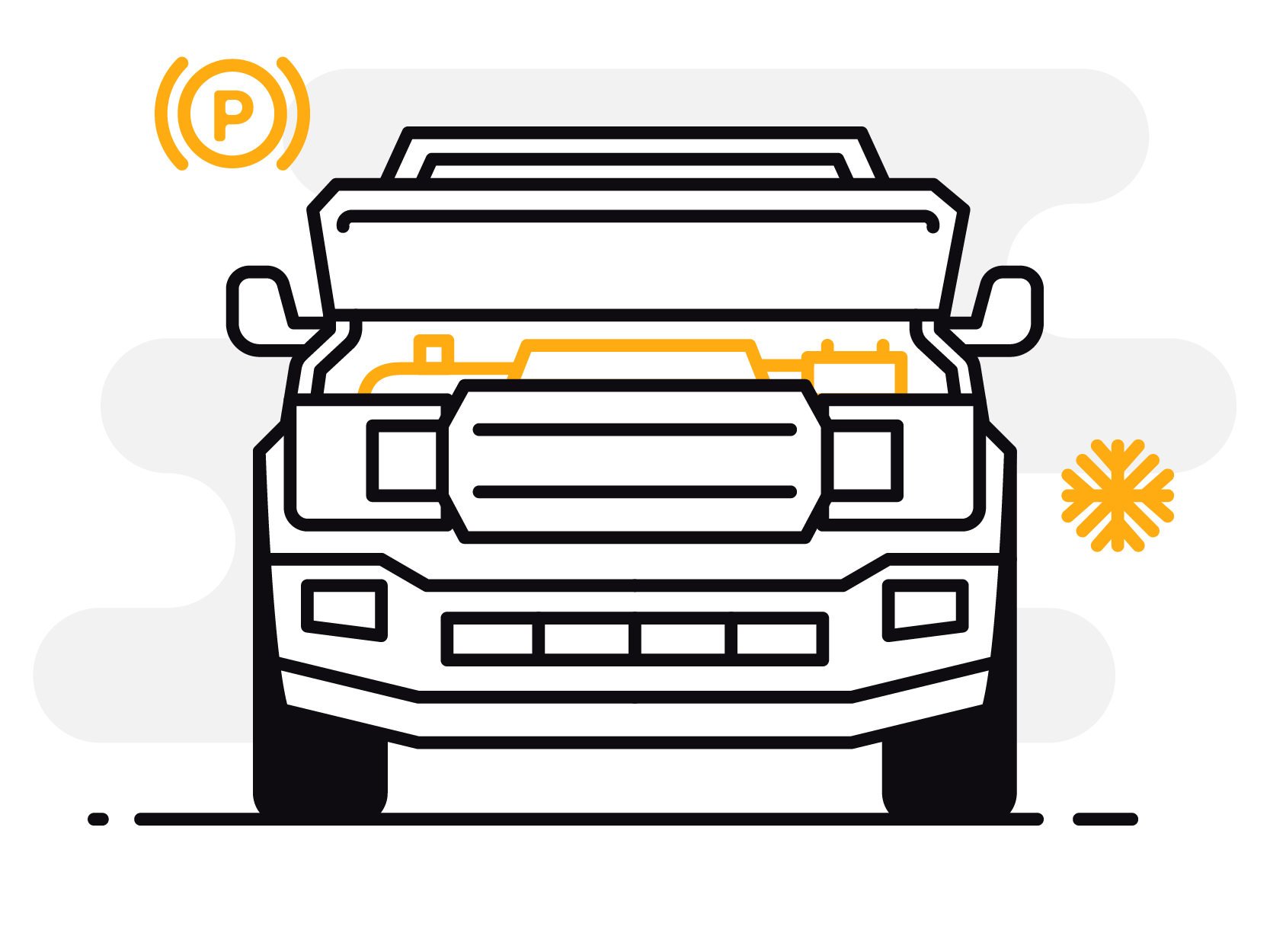
- Put the car in park, engage the emergency brake, turn off the car, then remove the key.
- Ideally, you should park on a level surface. If not, wedge a wooden block against a tire to prevent the vehicle from rolling.
- If you are changing the battery inside a garage, ensure good airflow by opening the garage door.
- Open your car's hood and give the engine enough time to cool down so you're not exposed to any hot parts while you work on the battery.
Locate the Battery

- Your car's battery may be under the hood, in the trunk, or even under a back seat. If you are uncertain about its location, check the vehicle's operating manual.
- Be sure to put on the safety goggles and work gloves.
- Once you've found the battery, you may need to remove any covers.
- Identify the battery's two terminals. One is positive (+) and is usually marked by a red cover or by red wires. The other terminal is negative (-) and will have noticeable black markings or wires.
Disconnect the Cables
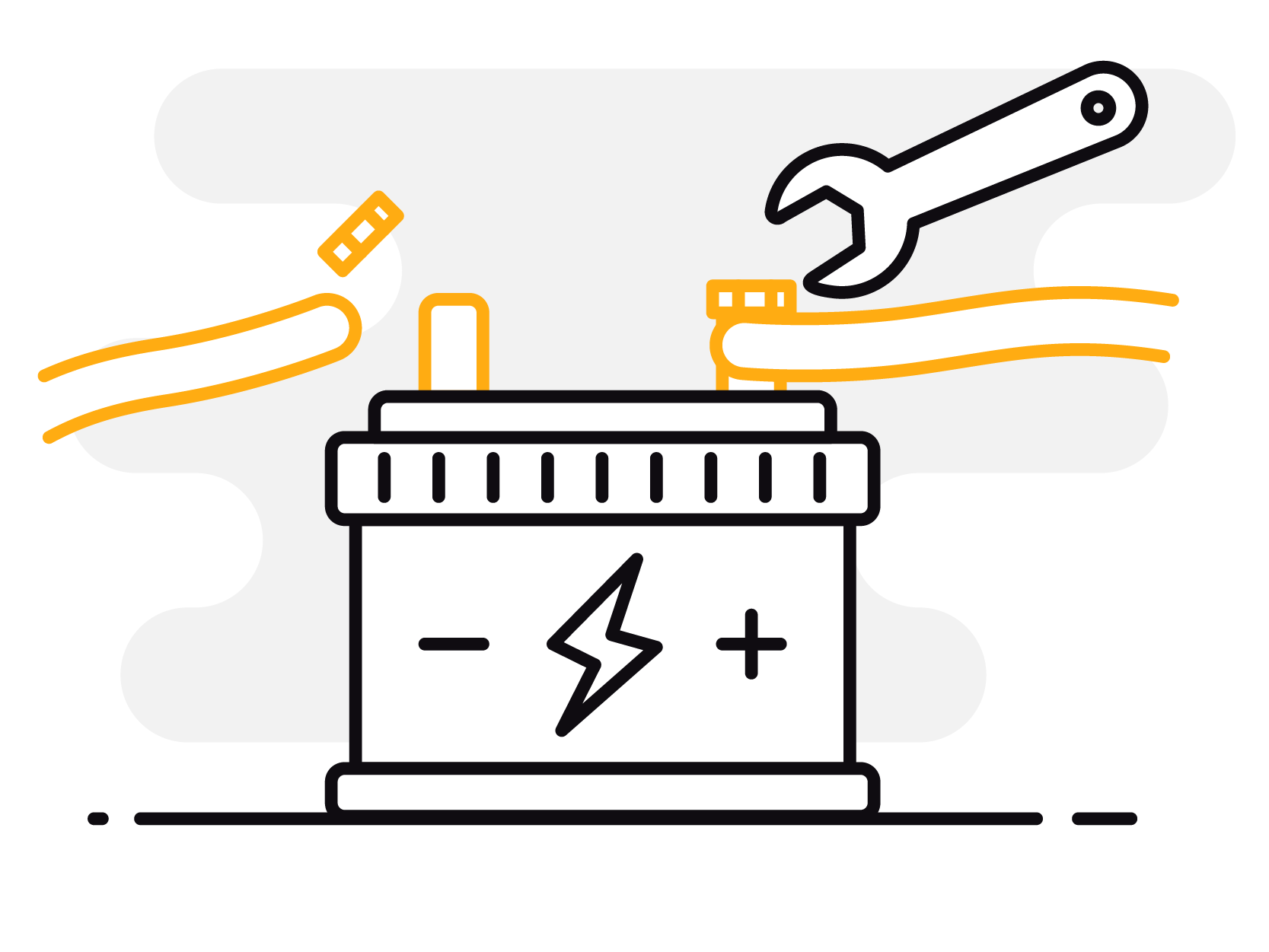
- Using the wrench, loosen the battery connector nut on the negative (-)/black side of the battery and detach the negative (-)/black cable
- Next, loosen the battery connector nut on the positive (+)/red side of the battery and disconnect the positive (+)/red cable
IMPORTANT SAFETY NOTE: NEVER allow anything, like a wrench or any piece of metal, to touch both the negative and positive terminals of the battery at the same time. This is dangerous and can cause sparks or the battery to explode.
Remove the Battery

- Locate and loosen any parts that are securing the battery to the battery tray. Carefully set aside these pieces in a safe place as you'll need them later to secure the new battery. Before taking anything apart, It may be helpful to take a photo of the setup for later reference.
- Noting that a car battery weighs around 40 pounds, carefully lift the battery up and set it aside.
Clean the Connectors

- Carefully apply the battery cleaning fluid to the connectors and tray. Allow the liquid to set for a minute so.
- Next, take the wire brush and clean the connectors, particularly on the inside. Gently brush any corrosion that may be present on the tray.
- Using the towel, clean the connectors and tray. Make sure everything is dry.
Install the New Battery
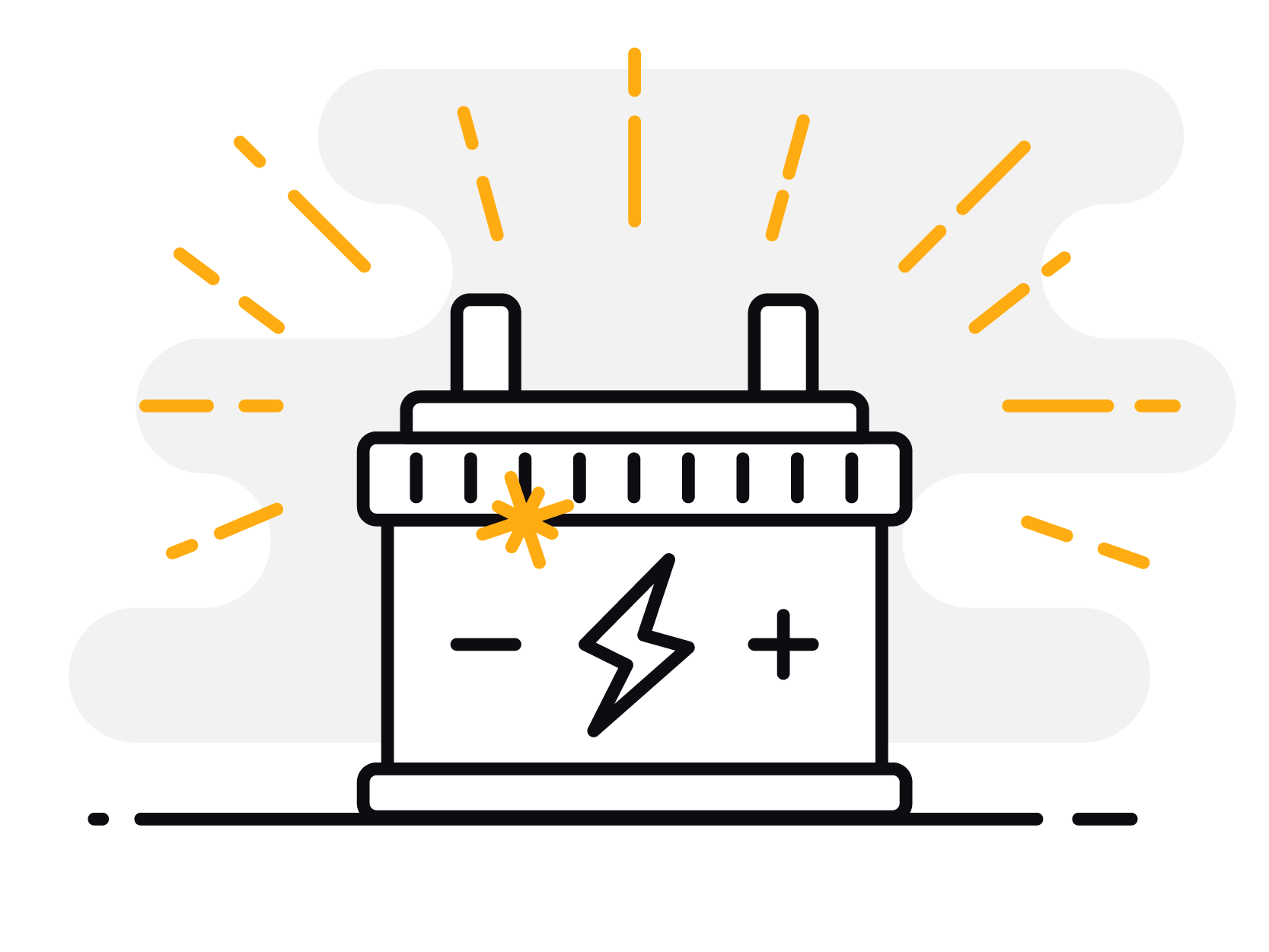
- Remove the protective red and black caps from the posts of the new battery
- Place anti-corrosion washers on both battery posts.
- Apply a small amount of anti-corrosion fluid on each battery post
- Carefully place the new battery onto the battery tray; pay attention to align the negative and positive posts in the same position as before.
- Using the previously disconnected mounting hardware, secure the battery to the battery tray.
Connect the Cables
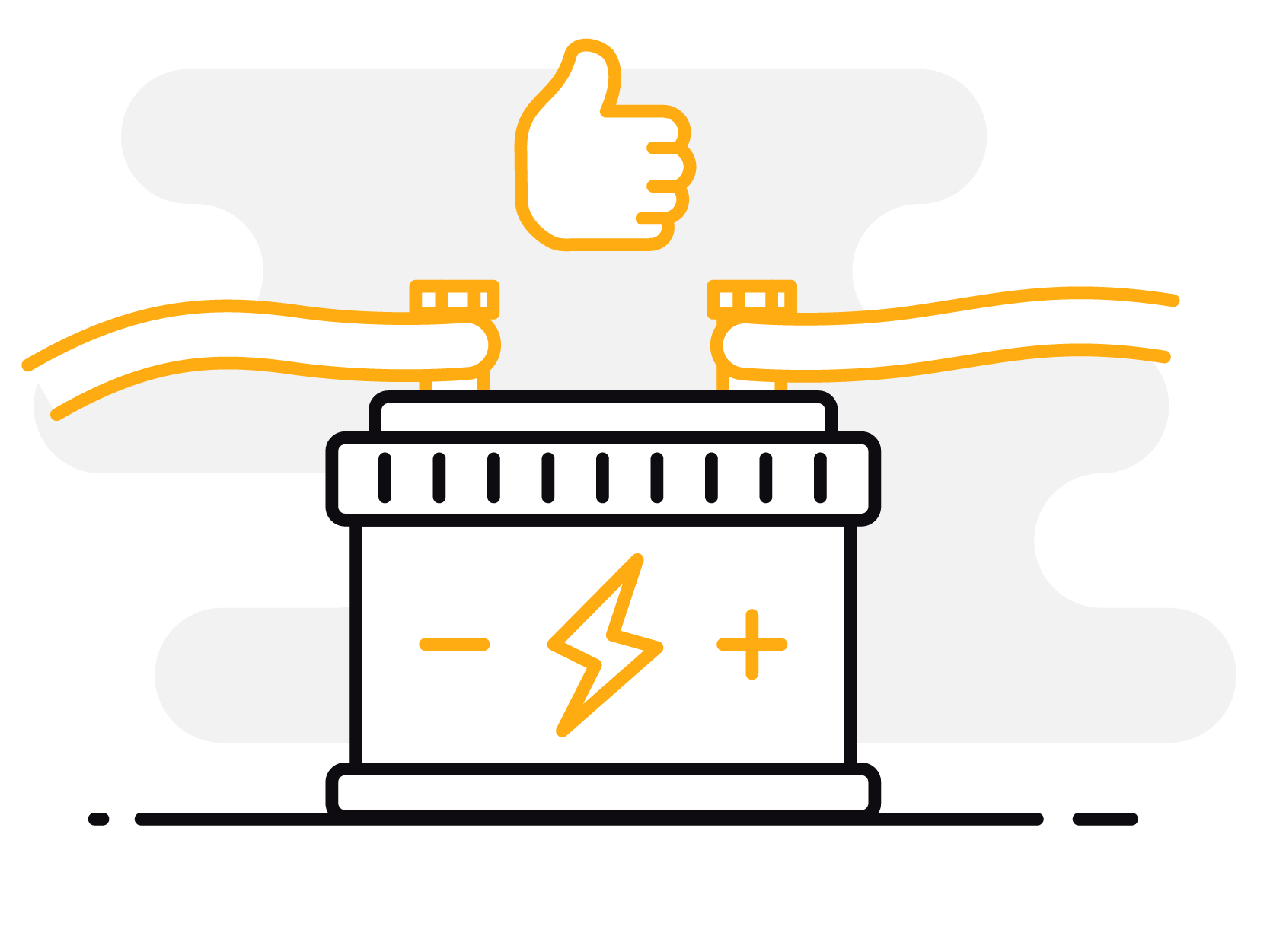
- Connect the car's positive (+)/red cable to the positive (+)/red battery terminal. Using a wrench, tighten the connector bolt.
- Repeat the same steps for the negative (-)/black side.
- Double-check that the battery is secured to the battery tray and that the cables are tightly fastened to the battery posts.
- Re-attach any battery post covers and re-install any protective panels.
- Shut the hood (or the trunk) and start your car
How much is a car battery?
New car battery costs can run from just under $100 to $300 or more It all depends on a battery's storage capability, the manufacturer, replacement warranty, and other features. In addition, different vehicles need different battery capabilities. For example, a small four-cylinder economy car won't need as robust a battery as a massive pickup truck with an eight-cylinder engine. Also, keep in mind that the cost of a car battery will usually include a core deposit of about $20. This is a fee collected by retailers that is refunded when returning the old battery for exchange.
Final Points About Auto Battery Replacement
We've covered a lot about car battery replacement. You've learned that time, extreme temperatures, and lack of use can accelerate the need to replace a car battery. With some simple steps, you've also discovered that replacing a car battery can be an easy DIYer task.
Quiker's Car Battery Replacement Service
While battery replacement can be a DIY project, keep in mind that you'll need the correct equipment and supplies to go along with a new battery. Not to mention, you'll hav to return the old battery to the store to collect the core deposit. To avoid these hassles, discover Quiker's mobile car battery replacement service. We can meet just about anywhere. Our professional mechanic will bring the replacement battery and all the needed materials. So, sit back and relax while Quiker gets you back on the road. Contact us to learn more.


